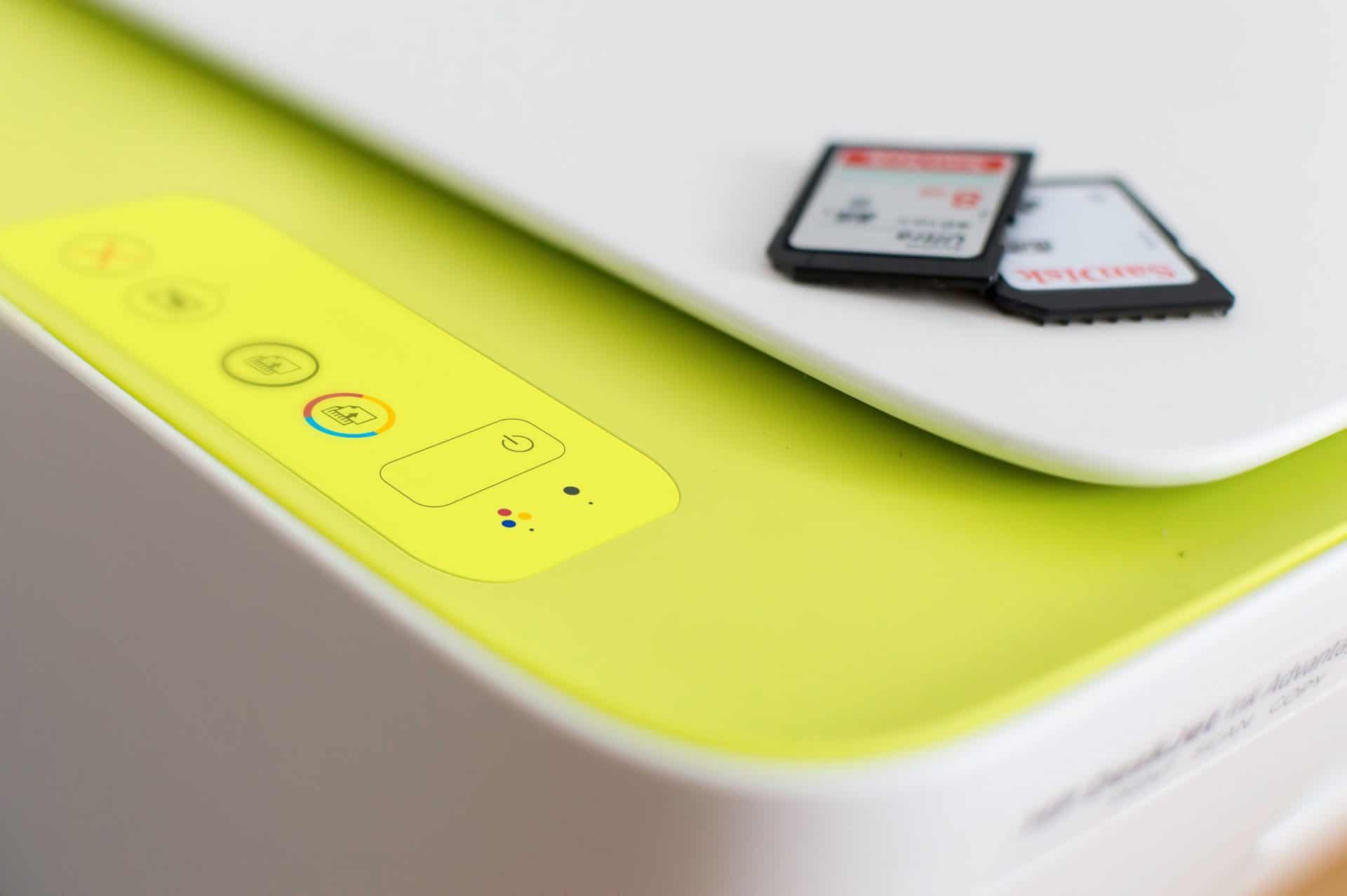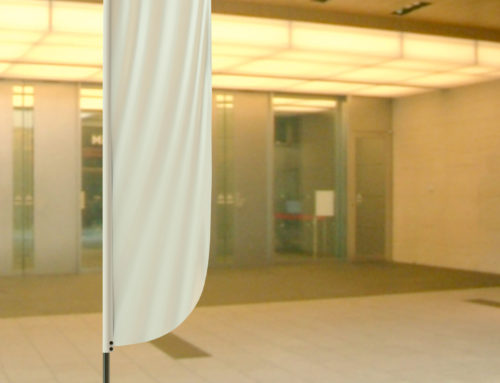With any decision you make, there are pros and cons to it. There will be no difference in a printing project because you will have to choose between digital printing and offset printing. You will have to outweigh the pros and cons of the two to see which one is best for your project’s needs. But what is digital printing? Or offset printing for that matter? Keep reading to find out what entails these two choices of printing and their pros and cons. Overall, the key factors that will come into play with your final decision will be: quality of the final product, timeframe available, and budget. Let’s dive right in, and see the pros and cons of digital printing vs. offset printing.
Here Are The Pros And Cons Of Digital Printing Vs. Offset Printing
Offset Printing
If you’re a history buff, you’d appreciate that offset printing has been around since the 19th century. It’s a commonly used printing method involving an inked image transferring (or offsetting) via a series of rollers from a plate to a rubber blanket, then transferring to a sheet fed or rolls of paper. Sometimes it’s called offset lithography since it uses the oil and water to differentiate between non-image and image areas. This type of printing is commonly used for large-scale printing projects such as magazines and newspapers. Offset printing presses can output up to 20,000 sheets an hour, which is another reason why they’re typically the method chosen for mass distribution. Here’s the breakdown for offset printing in the challenge between pros and cons of digital printing vs. offset printing.
Pros
- Pantone and metallic spot colors can only be printed with offset printing
- Consistency and best quality type of printing available for graphic designers
- Can achieve a very high level of finish
- Cost-effective for large or commercial-scale prints
Cons
- Edits and proofreading are time-consuming and can be costly
- High turnover times associated with complicated set-up
- Set-up costs are higher than digital because of the make ready process
- Chemicals used in printing and large paper volume have a high environmental impact
- Costly for small printing projects
Digital Printing
Digital printing is, of course, a modern technique. This method uses high-tech machinery (like laser and inkjet printers) to apply ink and toner directly to the paper. With this printing, there is no need for a printing plate. The process includes inkjet printers spraying drops of ink onto a substrate from small nozzles; whereas laser printers utilize electrical charges through a metal drum cylinder to attract toner particles to the paper. One of the biggest selling points in the breakdown of pros and cons of digital printing vs. offset printing, digital printing has more speed and cost-effectiveness for smaller printing projects.
Pros
- Lower set-up costs
- Quicker printing process
- Changes to design are less of an issue to fix than offset printing
- Able to print variable data as part of the printing process
- Economical choice for smaller printing projects
Cons
- Can’t print spot pantone color and metallic inks
- Quality is good, but will always be inferior to offset printing due to inconsistencies
- More expensive printing large quantities






